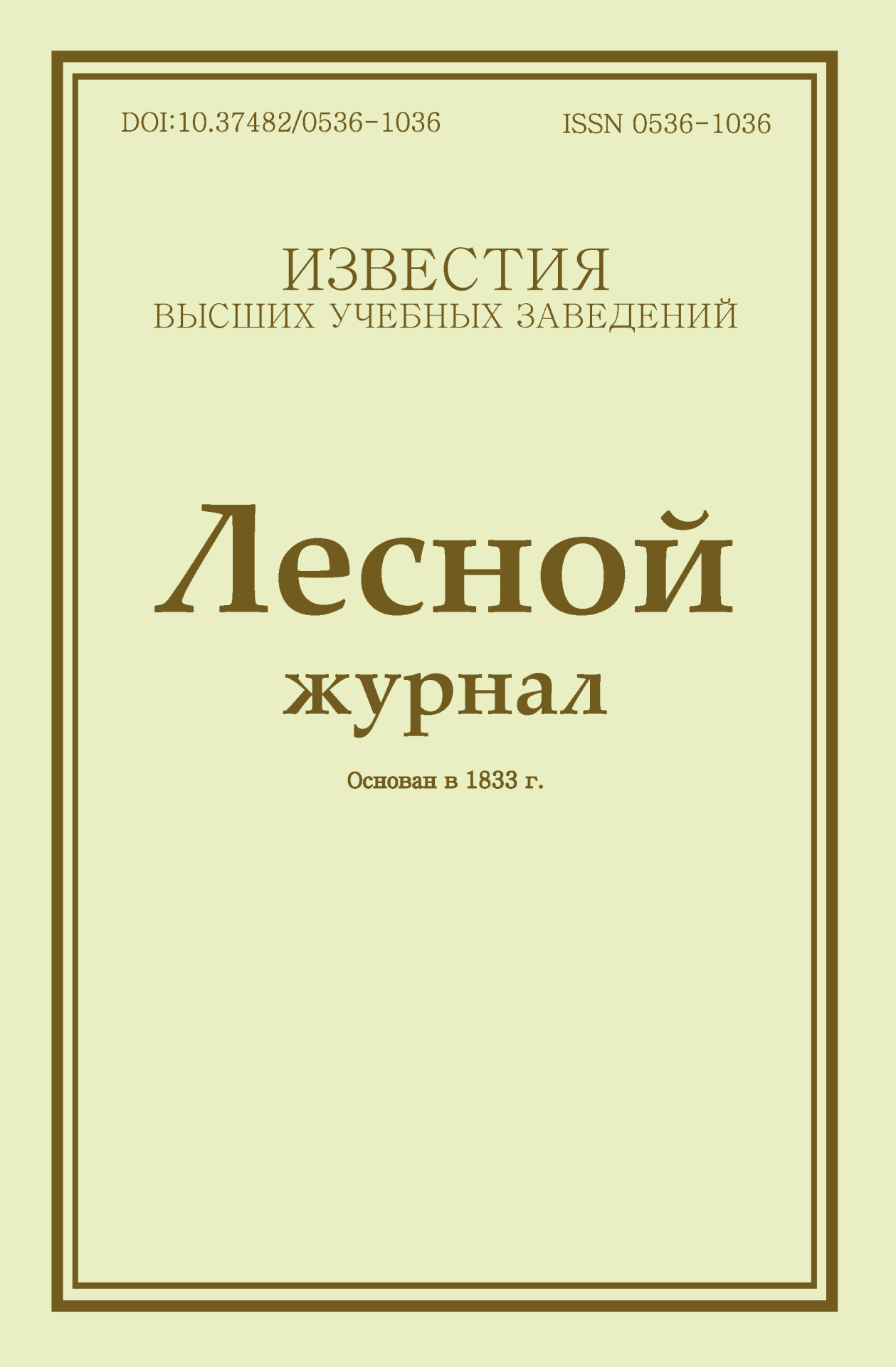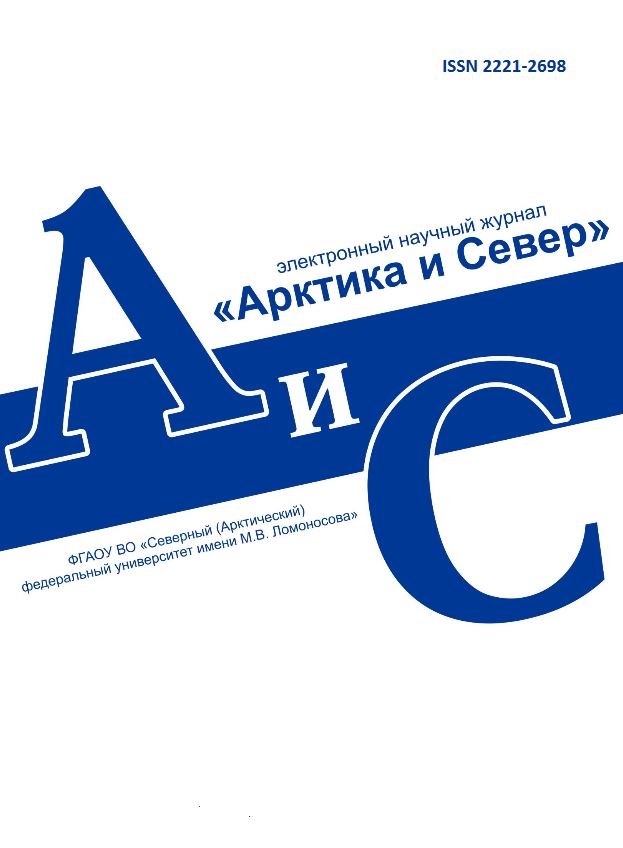
 

Legal and postal addresses of the founder and publisher: Northern (Arctic) Federal University named after M.V. Lomonosov, Naberezhnaya Severnoy Dviny, 17, Arkhangelsk, 163002, Russian Federation
Editorial office address: Vestnik of Northern (Arctic) Federal University. Series "Humanitarian and Social Sciences", 56 ul. Uritskogo, Arkhangelsk
Phone: (8182) 21-61-20, ext. 18-20
E-mail: vestnik_gum@narfu.ru
https://vestnikgum.ru/en/
|
Multimodal Representation of the Day of the Dead in Mexican Animation Discourse. C. 69-80
|
 |
Section: Linguistics
Download
(pdf, 1MB )
UDC
811.134.2
DOI
10.37482/2687-1505-V335
Authors
Yuliya A. Gornostaeva
Cand. Sci. (Philol.), Assoc. Prof. at the Department of Romance Languages and Applied Linguistics, Siberian Federal University (address: prosp. Svobodnyy 82a, Krasnoyarsk, 660018, Russia).
Abstract
The article aims to identify the multimodal means of representing the Day of the Dead in Mexican children’s animated films in Spanish. The research focuses on the verbal and non-verbal means of representing this major Mexican holiday in the animated films Coco and El libro de la vida, which are identified using multimodal analysis. The multimodal representation of the celebration of the Day of the Dead is a discursive whole, conveying culturally significant information through verbal, visual and auditory modes. The holiday is depicted in bright colours, whose symbolism is rooted in the culture of the ancient Mayan and Aztec tribes. Death is shown as a natural transition to the next stage of existence, i.e. the bright world of the eternal holiday. The key idea in the multimodal representation of the celebration of the Day of the Dead is that of preserving memory, which at the verbal level is actualized through lexical units with the meanings of memory and closeness and through the lexical-thematic group family and loved ones; at the non-verbal (visual) level the idea is manifested by images of family reunions at cemeteries on the Day of the Dead, while at the auditory level, through the song “Recuérdame”, whose style and manner of performance in Coco change depending on the singer and the meanings being conveyed. Representatives of Mexican linguoculture believe that a person continues to live as long as he/she is remembered. The life in the Land of the Remembered is portrayed by means of positive evaluative adjectives with the meaning of holiday/ fun, while the poor souls in the Land of the Forgotten will face a sad and lonely fate and final death. Multimodal representation of the Day of the Dead involves using certain lexical-semantic units and visual components of the animated text to demonstrate the key culture-specific realia (ofrenda, alebrije, cempasúchil, calavera).
Keywords
Day of the Dead, Mexico, multimodal representation, multimodal analysis, Mexican animation discourse
References
- Kibrik A.A., Fedorova O.V., Podlesskaya V.I. Mul’tikanal’nye korpusa: vchera, segodnya, zavtra [Multichannel Corpora: Yesterday, Today, Tomorrow]. Gumanitarnye chteniya RGGU – 2017: puti preobrazovaniya obshchestva i ikh osmyslenie v gumanitarnykh naukakh: voyny – revolyutsii – reformy [Humanities Readings of the Russian State University for the Humanities – 2017: Ways of Transforming Society and Their Conceptualization in the Humanities: Wars – Revolutions – Reforms]. Moscow, 2018, pp. 499–511.
- Zagidullina M.V. Mul’timodal’nost’: k voprosu o terminologicheskoy opredelennosti [Multimodality: To the Question of Terminological Definition]. Znak: problemnoe pole mediaobrazovaniya, 2019, no. 1, pp. 181–188.
- Omelianenko V.A., Remchukova E.N. Polycode Texts in the Aspect of the Multimodality Theory. Commun. Stud., 2018, no. 3, pp. 66–78 (in Russ.).
- Kibrik A.A. Mul’timodal’naya lingvistika [Multimodal Linguistics]. Kognitivnye issledovaniya [Cognitive Research]. Moscow, 2010. Iss. 4, pp. 135–152.
- Kodzasov S.V. Issledovaniya v oblasti russkoy prosodii [Research in the Field of Russian Prosody]. Moscow, 2009. 496 p.
- Efron D. Gesture, Race and Culture: A Tentative Study of the Spatio-Temporal and “Linguistic” Aspects of the Gestural Behavior of Eastern Jews and Southern Italians in New York City, Living Under Similar as Well as Different Environmental Conditions. The Hague, 1972. 226 p.
- Ekman P., Friesen W.V. The Repertoire of Nonverbal Behavior: Categories, Origins, Usage, and Coding. Semiotica, 1969, vol. 1, no. 1, pp. 49–98.
- Kendon A. The Study of Gesture: Some Observations on Its History. Semiot. Inq., 1982, vol. 2, no. 1, pp. 45–62.
- McNeill D. Hand and Mind: What Gestures Reveal About Thought. Chicago, 1992. 423 p.
- Kendon A. Gesture: Visible Action as Utterance. Cambridge, 2004. 400 p.
- Grishina E.A. Zhesty i pragmaticheskie kharakteristiki vyskazyvaniya [Gestures and Pragmatic Characteristics of an Utterance]. Mul’timodal’naya kommunikatsiya: teoreticheskie i empiricheskie issledovaniya [Multimodal Communication: Theoretical and Empirical Studies]. Moscow, 2014, pp. 25–47.
- Krivulya N.G. (comp.). Animatsiya i mul’timedia mezhdu traditsiyami i innovatsiyami [Animation and Multimedia Between Traditions and Innovations]. Moscow, 2010. 326 p.
- Laletina A.F. Kul’turoobrazuyushchee znachenie mul’tiplikatsii [Cultural Meaning of Animation]. Lingvokul’turologiya, 2009, no. 3, pp. 142–147.
- Savluchinskaya N.V., Shchechilina A.V. Osvoenie mul’tiplikatsii mladshimi shkol’nikami v sisteme dopolnitel’nogo obrazovaniya kak sredstvo razvitiya voobrazheniya [Mastering of Multiplication by Young Schoolchildren in the System of Additional Education as a Means of Imagination Development]. Vestnik Omskogo gosudarstvennogo pedagogicheskogo universiteta. Gumanitarnye issledovaniya, 2017, no. 4, pp. 125–128.
- Neshkova E.G. Lingvokul’turologicheskiy aspekt intertekstual’nosti v mul’tiplikatsionnom diskurse: na materiale angliyskogo, russkogo i frantsuzskogo yazykov [Linguocultural Aspect of Intertextuality in Cartoon Discourse: Based on the English, Russian and French Languages: Diss.]. Chelyabinsk, 2020. 192 p.
- Zaretskaya A.N. Osobennosti realizatsii podteksta v kinodiskurse [Implementing Subtext in Film Discourse]. Vestnik Chelyabinskogo gosudarstvennogo universiteta, 2008, no. 16, pp. 70–74.
- Rossel’s V.M. Perevod i natsional’noe svoeobrazie podlinnika [Translation and National Distinctness of the Original]. Rossel’s V. (comp.). Voprosy khudozhestvennogo perevoda [Questions of Literary Translation]. Moscow, 1955, pp. 165–212.
- Vaysburd M.L. Realii kak element stranovedeniya [Realia as an Element of Country-Specific Studies]. Russkiy yazyk za rubezhom, 1972, no. 3, pp. 98–100.
- O’Halloran K.L., Smith B.A. Multimodal Studies: Exploring Issues and Domains. London, 2011. 270 p.
- Voloskovich A.M. Ikonotekst kak raznovidnost’ polimodal’noy gibridizatsii [Iconotext as a Multimodal Hybrid]. Vestnik Moskovskogo gosudarstvennogo lingvisticheskogo universiteta, 2011, no. 5, pp. 25–35.
- Detinko Yu.I., Kulikova L.V. Politicheskaya kommunikatsiya: opyt mul’timodal’nogo i kriticheskogo diskurs-analiza [Political Communication: Experience of Multimodal and Critical Discourse Analysis]. Krasnoyarsk, 2017. 166 p.
- Sorokina Yu.V. Ponyatie mul’timodal’nosti i voprosy analiza mul’timodal’nogo lektsionnogo diskursa [Notion of Multimodality and Issues of Multimodal Lecture Discourse Analysis]. Filologicheskie nauki. Voprosy teorii i praktiki, 2017, no. 10-1, pp. 168–170.
- Kress G.R., van Leeuwen T. Multimodal Discourse: The Modes and Media of Contemporary Communication. London, 2001. 142 p.
|
Make a Submission











Journal of Medical and Biological
Research

Forest Journal

Arctic and North


|







